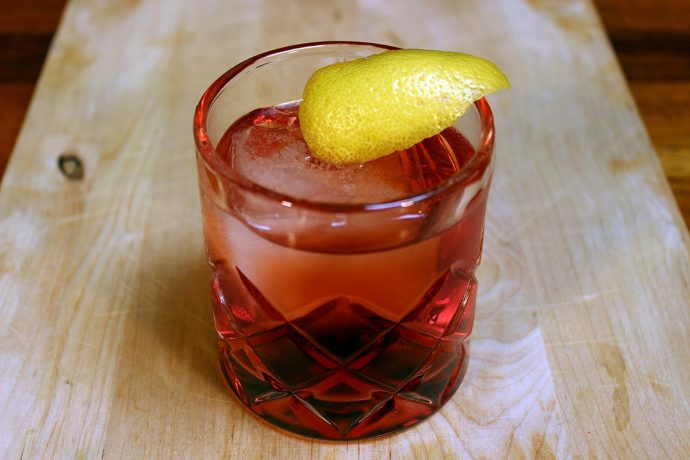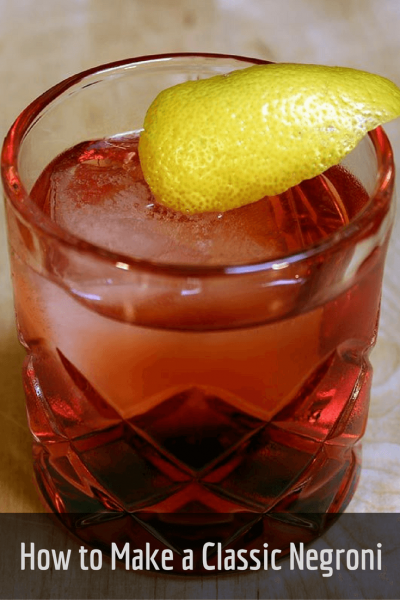The history of the Negroni may be full of controversy and outlandish pseudo-legends, but its classic recipe is quite the opposite. Since its birth in 1919 (or so), most bartenders and cocktail enthusiasts have agreed that the original Negroni recipe calls for equal parts gin, Campari, and sweet vermouth, served either up or on the rocks with an orange twist.
It’s a drink that’s as simple to make as it is difficult to describe. No one ingredient overpowers the others, nor, surprisingly, ever really runs the risk of doing so. The sweetness of the vermouth is balanced by the bitter Campari, and both serve to smooth out the juniper notes of the gin. Unlike a lot of other classic cocktails, adjusting the standard 1:1:1 ratio to fit a sweeter or boozier palate doesn’t undermine the fundamentals of the recipe. Each piece is elevated by the others, regardless of proportions.
Here, we’ll walk you through the ingredients and techniques you need to make a classic Negroni just like the hard-drinking, hard-gambling, rough-riding Italian cowboy Count Camillo Negroni would have done nearly a century ago.
The Glassware
The Negroni isn’t too picky when it comes to glassware; an Old-Fashioned glass is just as appropriate as a coupe or Martini glass. The former works better after a long, dusty day on the ranch, while the latter caters a bit more to the suit and tie crowd. But we don’t discriminate, so serve it in whatever feels best. The only difference in preparation is that it’s served with ice in the Old-Fashioned glass and stirred and strained into the cocktail glass.
The Gin
Any one of your favorite brands of gin will work well in a Negroni. One thing to consider, however, is that lighter, less floral varieties might get a bit lost among the other flavors. As a result, juniper-heavy brands like Tanqueray or Beefeater stand out a bit more for gin-lovers. Gary “Gaz” Regan, cocktail guru and author of the excellent book The Negroni, takes his with an adjusted ratio of 4:1:1 that packs a hell of a punch. It’s a great variation for winning over your Martini-drinking friends, though.
The Vermouth
Sweet vermouth (an Italian variety, if you’re going for historical authenticity) forms the second pillar of the classic Negroni. As with the gin, any variety is acceptable, but we prefer slightly sweeter, fruitier styles like Noilly Prat. Some brands, like Punt e Mes, include bittering agents that are unnecessary in a drink that features Campari in such a central role. The vermouth is there to soften the bitter and floral notes, not exaggerate them.
The Campari
Ah, Campari. Invented by Gaspare Campari in Novara, Italy in 1860, this iconic liqueur is the defining ingredient of the Negroni. Its distinctive red color makes the drink pop, and it imparts a uniquely complex, bitter flavor that simply can’t be matched by any of its cousins. The classic saying is that a newcomer needs to try Campari three times before they’ll like it, but if you’re anything like us, it’ll be love at first sight.
The Twist
Typically, a Negroni is garnished with a twist of orange, and some bartenders consider any other citrus note to be sacrilegious. We wouldn’t go that far, but it does tend to be our favorite. A lemon twist works just fine if you’re so inclined, so don’t be afraid to give it a shot—the Negroni Police probably won’t be raiding your home bar anytime soon.
Photo: Will Shenton, Bevvy




